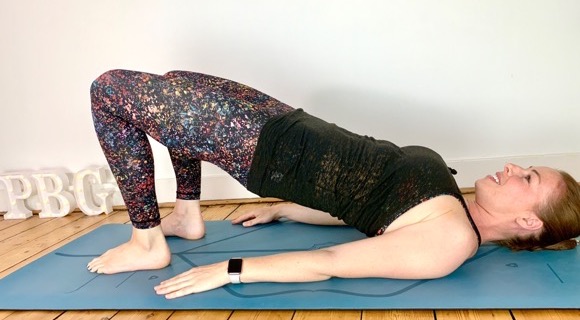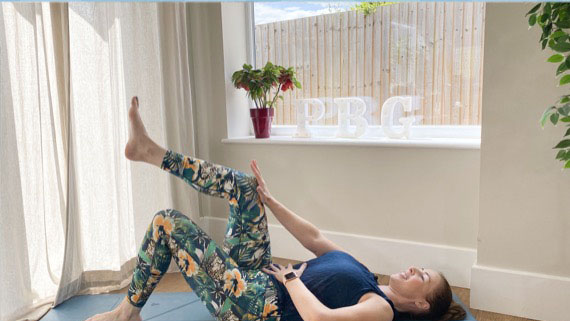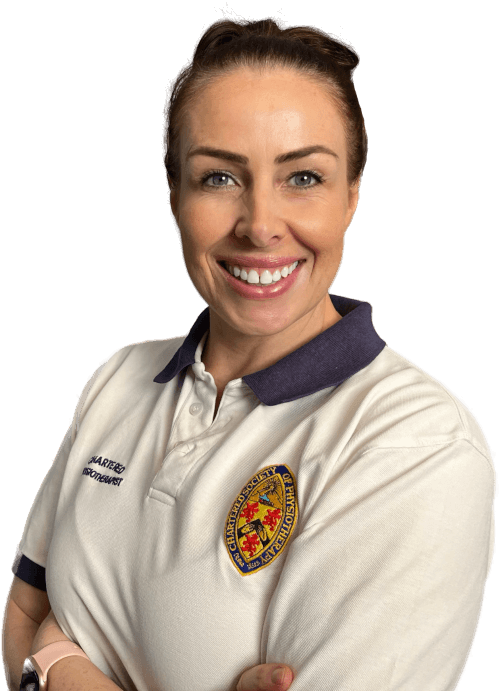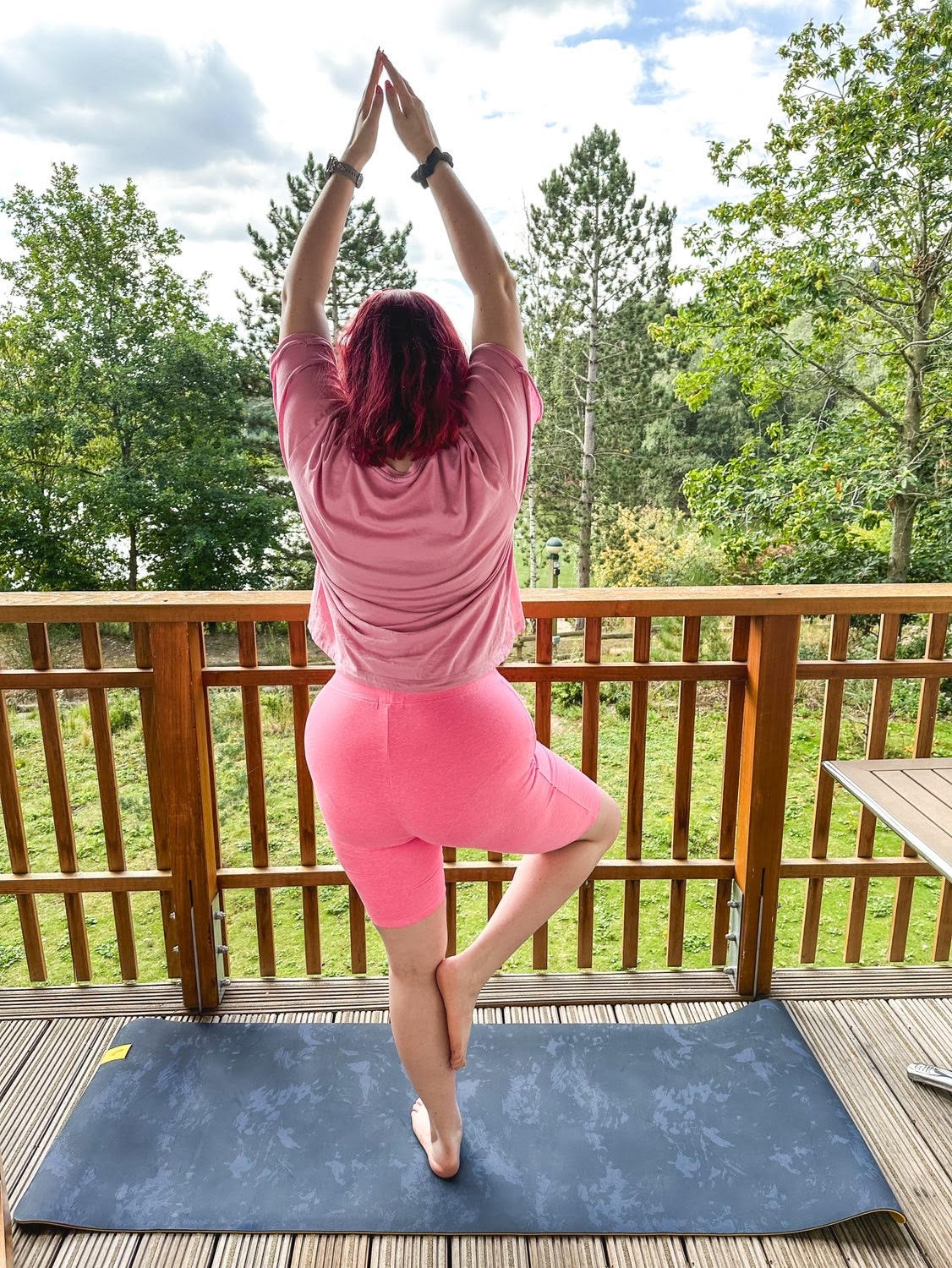Abdominal Diastasis
Abdominal Diastasis / Diastases Recti
Abdominal diastasis/diastases recti is a separation of the abdominal wall muscles.
The abdomen is composed of four layers of muscle. The rectus abdominis muscle forms the top layer. It runs from the bottom of the ribcage down to the pubic bone of the pelvis. The two halves of the muscle attach together in the middle by connective tissue called the linea alba. Along with the lower back and pelvis, they work together to help us move and transfer weight.
All about Abdominal Diastasis
Causes of Abdominal Diastasis
Diastasis recti is most common in pregnant and postpartum women, although it can also be seen in men and infants.
The abdominal (tummy) muscles are stretched with baby's growth; there is increased pressure on the abdominal wall because the baby is growing quickly during this time and the linea alba gets softer due to the release of pregnancy hormones. This can cause thinning of the linea alba, resulting in a 'diastasis recti'.
Diastasis Recti Postpartum
This process of the abdominal muscles stretching away from each other is normal during pregnancy, and should not be considered abnormal or cause for concern. Diastasis recti usually develops in the third trimester. Most people don't notice diastasis recti until the postpartum period.
Symptoms of Abdominal Diastasis
- A belly "bulge" that can look like a baby bump and is usually most noticeable when you're contracting or straining muscles in your abdomen
- 'Doming': You may notice that when straining (for example curling up), your stomach area tents - 'domes' - upwards instead of flattening out
- Lower back pain
- Abdominal pain
- Constipation
- Urinary incontinence
- Poor posture.
How to check your tummy for diastasis recti
You can check if you have an abdominal separation by trying this:
- Lie on your back with your knees bent up.
- Place your flat fingertips across your belly at the level of your belly button and feel for the sides of your abdominal muscles - note how many fingers you can fit in between.
- Then lift your head and shoulders away from the floor and feel for the sides of your abdominal muscles coming together - again assess how many fingers (if any) you can fit between the sides of the muscle. Then try to stay in this position and feel up the whole length of the line alba.
- If you can feel a gap wider than two fingers, then you may have a separation - its important for a healthcare professional to assess your abdominals as they will be able to give more accurate information - we are not overly concerned about the width of the gap more the stability and tension of the connective tissue.
Treatment and Excercises for Diastasis Recti
The best exercises for diastasis recti are those that engage the deep abdominals. Most diastasis recti exercises involve deep breathing and slow, controlled movements. PBG offers a wide range of safe and progressive exercise classes to follow from home.
Avoiding excessive loading and heavy weights postnatal until you feel confident again in your pelvic floor and core.
Good posture is important. Stand up straight with your shoulders back. Take deep breaths that allow your ribs to expand and not just your belly.
Free Class: Quick Fix for Abdominal Diastasis
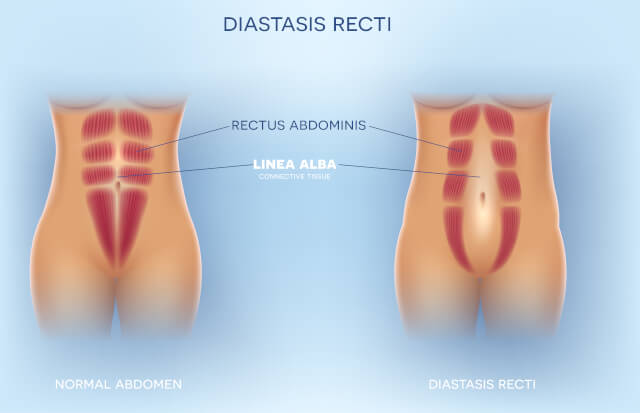
 Physio Tip!
Physio Tip!
Keep moving! Don’t fear movement!
Exercise is essential to help strengthen the body and reduce diastasis related symptoms.
Following a Physio prescribed or women's health professional directed program of rehab will ensure you progressively and safely load the muscles back to fitness. If you don't move or avoid exercise you will never recover!
Alert!
Contact your healthcare provider if:
- You have tried exercises for 6months and seen no improvement
- If your diastasis recti occurs with other related issues, such as pelvic floor dysfunction, pain during intercourse, or incontinence four months or more after childbirth.

